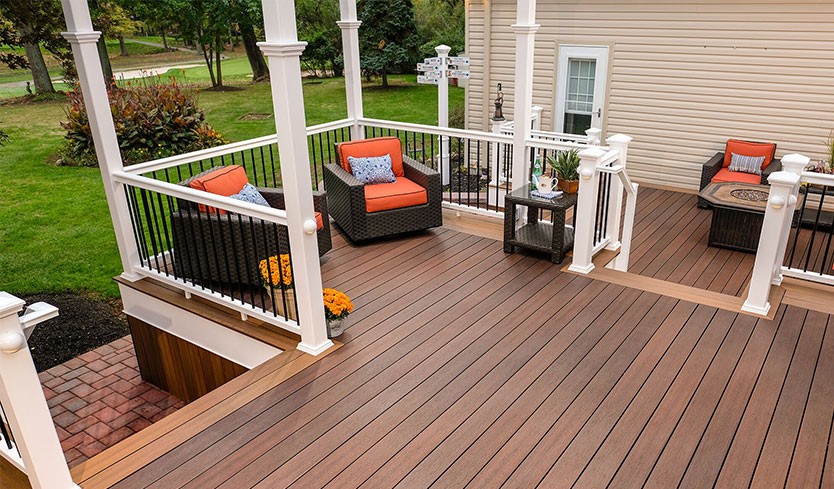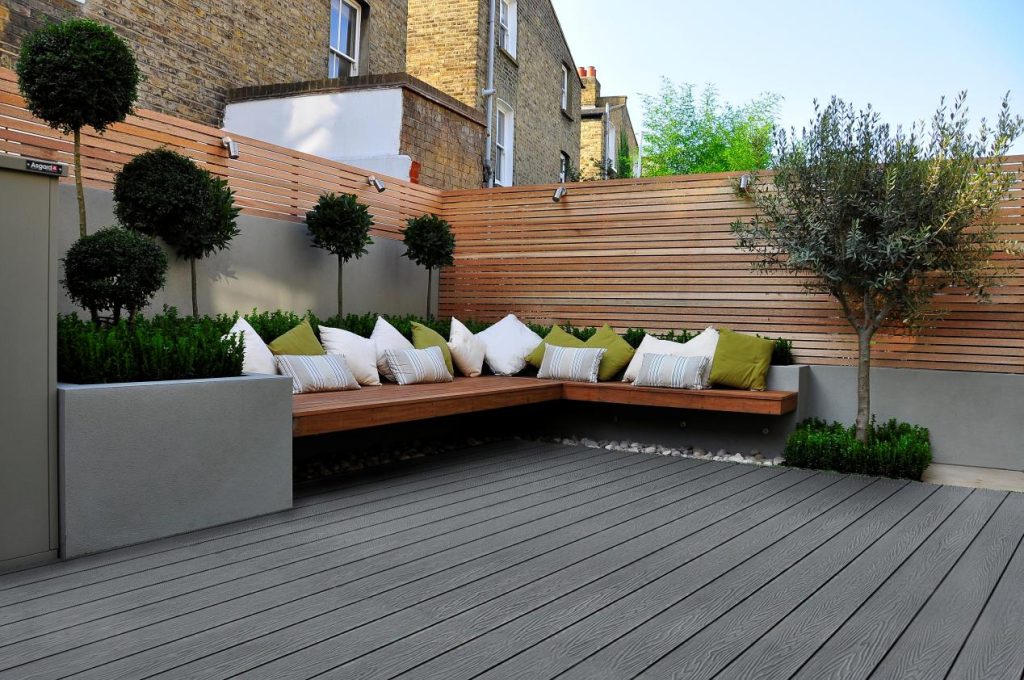When it comes to defining property boundaries, enclosing pastures, or enhancing outdoor aesthetics, composite post and rail fencing is becoming one of the most popular modern solutions. Whether you are a homeowner, a farm manager, or a commercial property developer, this fencing option offers the ideal balance of durability, beauty, and low maintenance.
Table of Contents
In this article, we’ll explore everything you need to know about composite post and rail fencing — including its materials, design advantages, installation, maintenance, and cost-effectiveness. By the end, you’ll understand why a composite post and rail fence is often the superior choice over traditional wood or metal fences.
What Is Composite Post and Rail Fencing?
Composite post and rail fencing is a type of fence made from a blend of wood fibers and plastic polymers, often referred to as WPC (Wood Plastic Composite). This hybrid material combines the natural beauty of wood with the resilience and weather resistance of plastic.
Unlike conventional wooden fences that can rot, warp, or require frequent painting, composite fencing is designed to last for decades with minimal upkeep. Each post and rail is precision-engineered for consistent quality and strength, providing an elegant yet functional boundary system suitable for residential, agricultural, and commercial use.
Typically, this fencing consists of:
Composite posts that serve as the structural support
Composite rails that connect between the posts
Optional caps and connectors for a clean, finished appearance
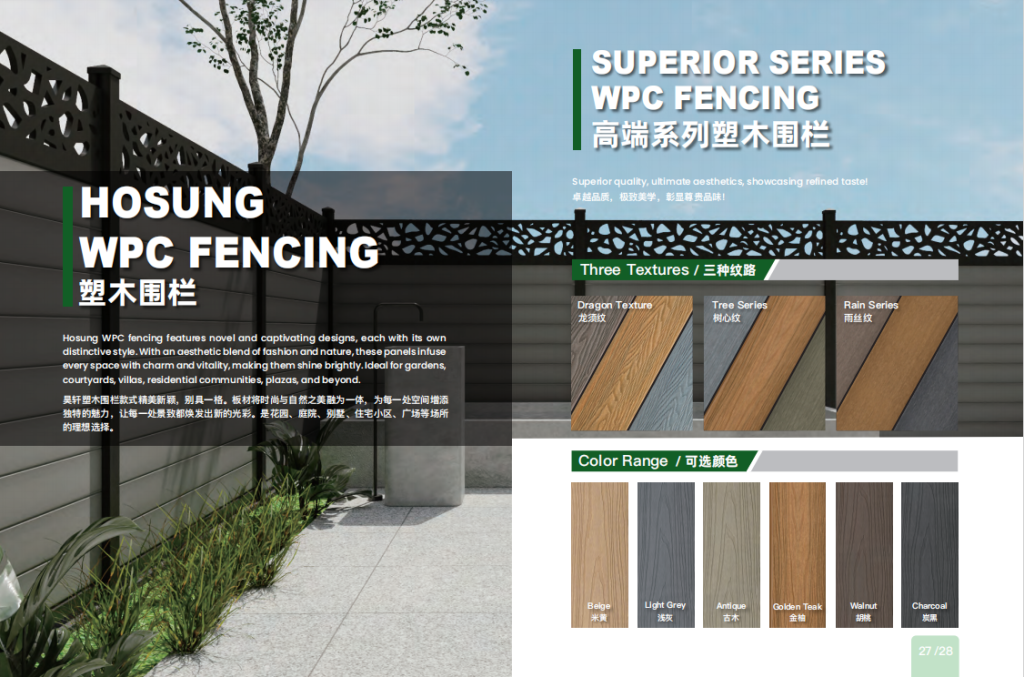
Why Choose Composite Over Wood or Metal?
Traditional fencing materials like timber or metal have their advantages, but they also come with significant drawbacks. Let’s compare how composite post and rail fencing outperforms them in real-world conditions.
a. Durability and Longevity
Wood can rot, split, or decay when exposed to moisture and insects. Metal fences can rust over time, especially in coastal or humid areas.
Composite materials, on the other hand, resist all these issues. They are impervious to termites, don’t warp or crack, and never need staining or sealing. Most composite fences last 20–30 years with little more than occasional cleaning.
b. Low Maintenance
A major benefit of composite post and rail fences is their minimal maintenance requirements.
You won’t need to repaint or re-stain every few years. A simple rinse with a garden hose or mild soap is usually enough to keep the fence looking new.
c. Eco-Friendly and Sustainable
Composite fencing is often made from recycled wood fibers and plastics, which helps reduce waste and promote sustainability. By choosing this eco-friendly option, you’re contributing to a greener environment without sacrificing strength or style.
d. Aesthetic Appeal
Composite fences come in various colors, textures, and woodgrain finishes, allowing you to achieve a classic timber look without the hassle of real wood maintenance. Whether you prefer a rustic farm-style fence or a modern minimalist boundary, composite fencing can be customized to match your landscape.
e. Safety and Consistency
Unlike natural wood, which can vary in density and texture, composite posts and rails are uniform in size and strength, ensuring stability and easy installation. No sharp splinters, no warping — just smooth, reliable structure.
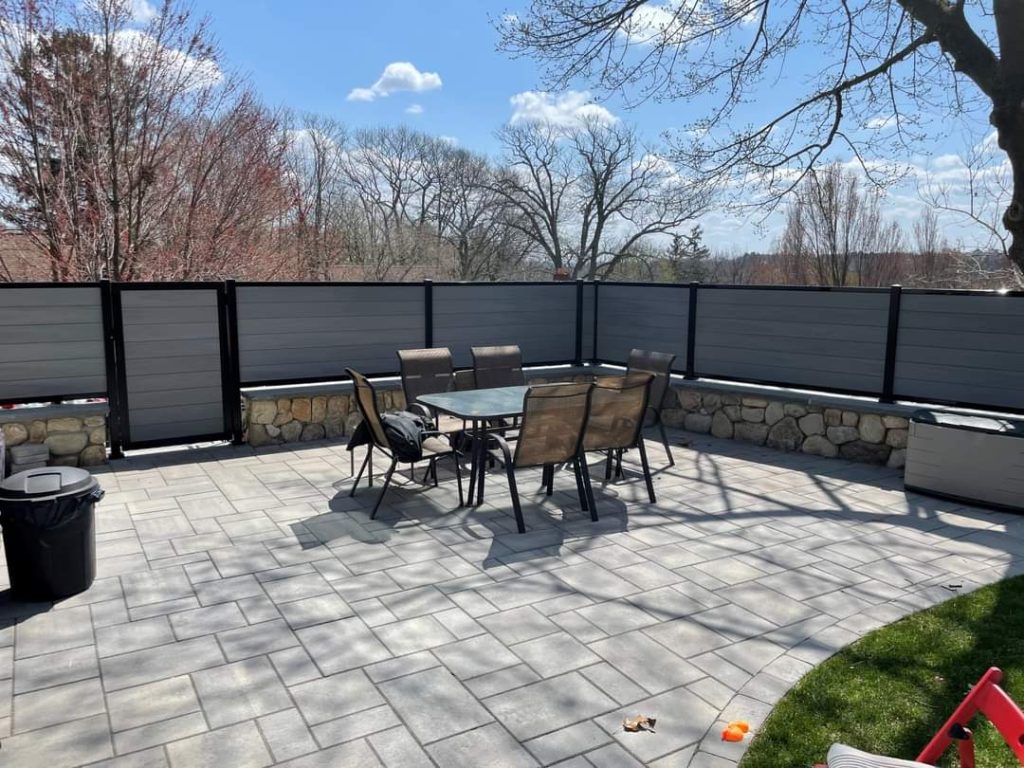
Common Applications of Composite Post and Rail Fencing
The versatility of composite post and rail fencing makes it suitable for many different uses. Here are the most common applications:
a. Residential Property Boundaries
For homeowners, composite fencing provides both privacy and visual appeal. It defines property lines elegantly and complements any landscaping design.
b. Horse and Livestock Fencing
A composite post and rail fence is strong enough to contain animals such as horses, cattle, or sheep while minimizing injury risks — the smooth composite surface is safer than rough wood or sharp metal wires.
c. Public Parks and Trails
City planners and park managers increasingly choose composite materials for fencing around walkways, trails, or playgrounds due to their long lifespan and weather resistance.
d. Commercial and Industrial Areas
Composite fences provide a clean, professional look for office complexes, storage facilities, or industrial zones where durability and low upkeep are priorities.
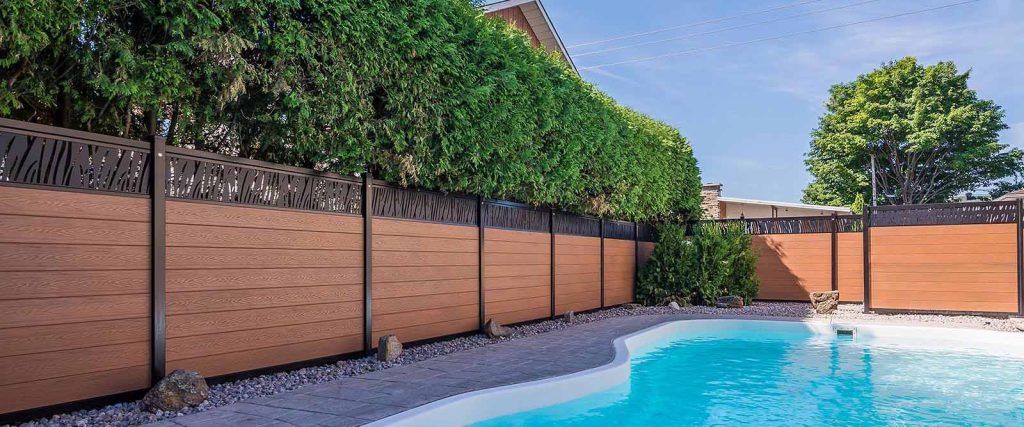
Design Options and Styles
The design flexibility of composite post and rail fencing is another major advantage. Depending on your aesthetic preferences and application, you can choose from several configurations:
Two-rail design – Simple and cost-effective, ideal for decorative use.
Three-rail design – The most popular option for farms and equestrian properties.
Four-rail design – Offers a more enclosed look and greater containment strength.
In addition, you can select from various color options like:
Traditional brown or cedar wood tones
Modern grey or charcoal
White or black for a clean, bold statement
Many manufacturers also offer textured surfaces that mimic real wood grain, giving your fence a natural and authentic appearance.
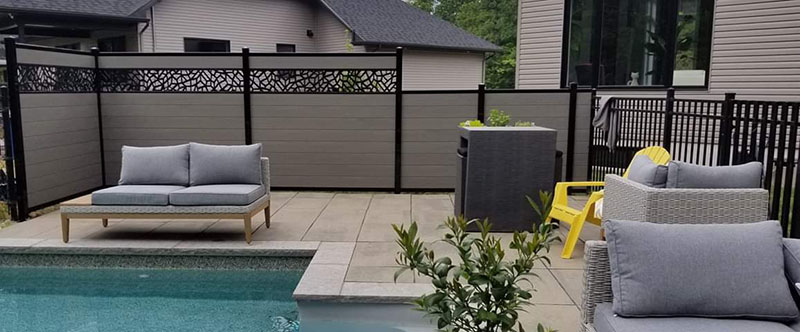
Installation Guide for Composite Post and Rail Fencing
Installing composite post and rail fencing is straightforward, even for DIY enthusiasts. However, proper preparation ensures long-lasting performance.
Step 1: Planning and Measurement
Mark the fence line and determine where the posts will go. Measure the spacing between posts (usually 6 to 8 feet apart).
Step 2: Digging Post Holes
Use a post hole digger or auger to create holes about ⅓ the height of the post. For example, for a 6-foot post, dig at least 2 feet deep.
Step 3: Setting the Posts
Set each post in the hole and fill it with concrete for stability. Ensure the posts are level and aligned before the concrete sets.
Step 4: Attaching the Rails
Once the posts are secure, slide or screw the rails into the designated slots or brackets. Many composite post and rail fence systems feature interlocking components for easy assembly.
Step 5: Adding Caps and Finishing Touches
Attach post caps for added protection and visual polish. Finally, clean the fence to remove any construction residue.
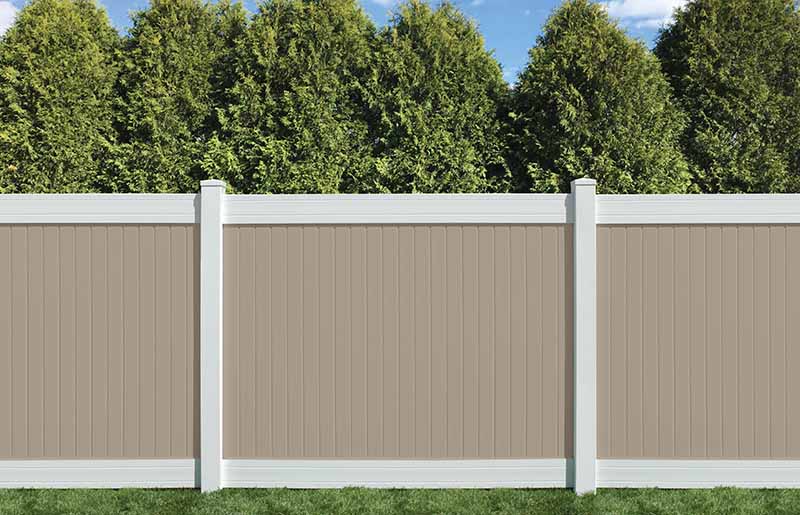
Maintenance Tips
One of the biggest advantages of composite fencing is how easy it is to maintain. Still, a few simple practices can help preserve its beauty for decades:
Wash the fence once or twice a year with water and mild detergent.
Avoid using harsh chemicals or abrasive brushes.
Check occasionally for loose rails or screws and tighten them as needed.
Trim nearby plants to prevent excessive moisture buildup.
With these minimal steps, your composite post and rail fencing will maintain its rich color and texture for many years.
Cost and Value Considerations
The upfront cost of composite post and rail fencing may be higher than wood, but the long-term savings are significant.
Here’s why:
No repainting or staining costs every few years.
No replacement costs from rot, decay, or insect damage.
Minimal repair expenses over its lifespan.
Most composite fences pay for themselves within 5–10 years through reduced maintenance and longer durability.
The average price range varies based on brand, height, and style, but generally falls between $60 and $120 per linear meter, including materials. Professional installation may add to the total, but the overall value remains excellent compared to traditional materials.
Environmental Benefits
One of the most important reasons for the rising popularity of composite post and rail fencing is its environmental sustainability.
Composite materials typically use:
Recycled wood fibers from sawdust or wood scraps
Recycled plastics from bottles, bags, or industrial waste
This reduces deforestation and landfill waste, creating a sustainable circular economy. Plus, because composite fences last so long, fewer resources are consumed in replacements or repairs over time.
Composite Post and Rail Fencing vs. Other Types
Here’s a quick comparison table that summarizes why composite fencing often outperforms alternatives:
| Feature | Composite Fence | Wood Fence | Metal Fence |
|---|---|---|---|
| Longevity | 20–30 years | 5–10 years | 10–15 years |
| Maintenance | Very low | High | Moderate |
| Weather Resistance | Excellent | Poor | Fair |
| Eco-Friendly | Yes (recycled materials) | Sometimes | No |
| Aesthetic Variety | Wide range | Natural only | Limited |
| Cost Over Time | Low | High | Medium |
This comparison clearly shows that a composite post and rail fence delivers the best overall performance, especially for long-term investment and sustainability.
Future Trends in Composite Fencing
The future of composite post and rail fencing is bright, with new technologies improving performance and appearance every year.
Some upcoming trends include:
Co-extruded composite materials with enhanced UV resistance
Colorfast coatings that prevent fading
Integrated lighting systems for nighttime safety and beauty
Modular fencing systems that simplify installation and customization
As sustainable construction continues to evolve, composite fences are expected to become even more popular across residential and commercial markets worldwide.
Conclusion
Whether you’re fencing a farm, garden, park, or estate, composite post and rail fencing delivers the ideal mix of form and function. It offers the warm, natural look of wood with none of the ongoing headaches.
Durable, eco-friendly, and visually appealing, a composite post and rail fence is not just a boundary — it’s a long-term investment in beauty and peace of mind.
If you’re considering upgrading your fencing, it’s time to move beyond traditional materials and embrace the innovation of composite technology. With superior performance and minimal maintenance, composite fences stand as the perfect choice for modern landscapes.
Want to get price of these composite Post and Rail Fencing? Welcome to contact Hosung!


